Winter brings unique challenges for your feline companion, and understanding how to keep your cat safe during the colder months is essential for every responsible pet owner. Whether your cat spends time outdoors or stays exclusively indoors, the changing season requires adjustments to their care routine that can make a significant difference in their health and comfort.
You might think that your cat’s natural fur coat provides all the protection they need, but cold weather can pose serious risks to cats of all ages and breeds. From hypothermia and frostbite to dehydration and joint stiffness, winter presents obstacles that require your attention and preparation. The good news is that with proper knowledge and proactive care, you can help your furry friend thrive throughout the coldest season of the year.
Creating a Warm Indoor Environment
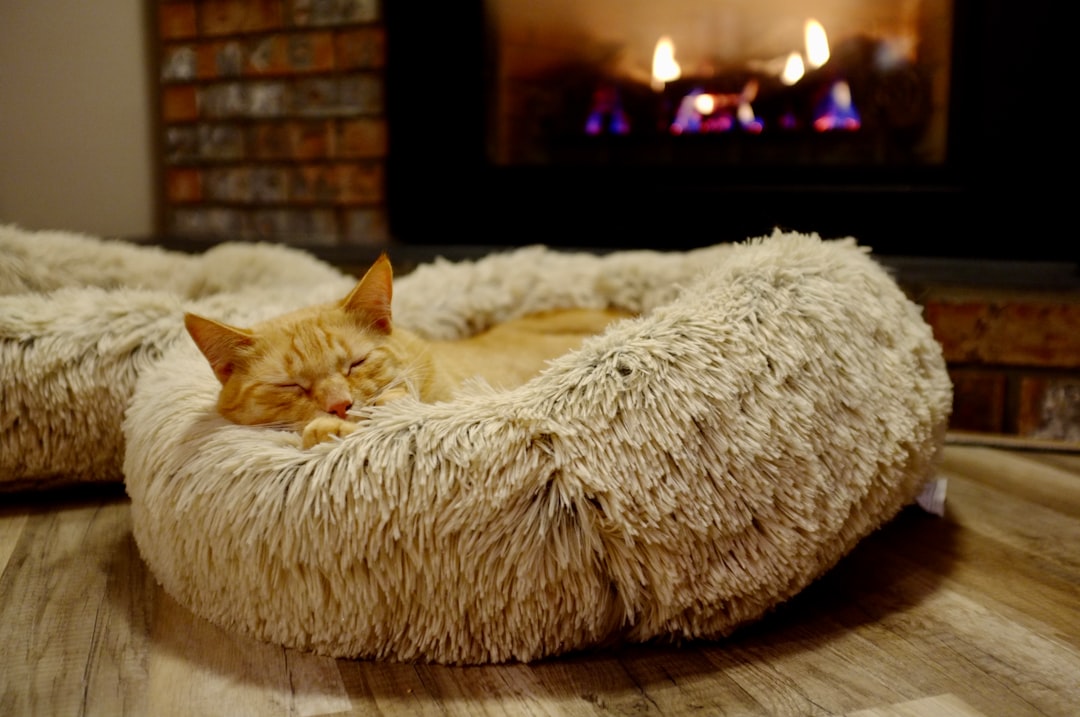
You need to ensure your home maintains a comfortable temperature for your cat throughout the winter months. Make sure that your home is adequately heated and that your cat doesn’t get stuck outside when temperatures drop significantly.
When the temperatures outside start to fall, indoor temperatures can still get chilly. Cats are warm-weather creatures, and their small body size in volume relative to their greater surface area can make staying warm a challenge. Consider placing extra blankets in your cat’s favorite sleeping spots and provide access to sunny windows where they can bask in natural warmth.
If your house tends to be drafty or particularly cold, you might want to invest in a heated cat bed or thermal self-heating mat. Indoor cats with plenty of warm cozy places available can still get cold. A heated bed or thermal self-heating mat may be a treat for them. Heated beds are perfect for older, arthritic cats that suffer in cold drafts coming through doors and windows.
Adjusting Your Cat’s Diet for Winter
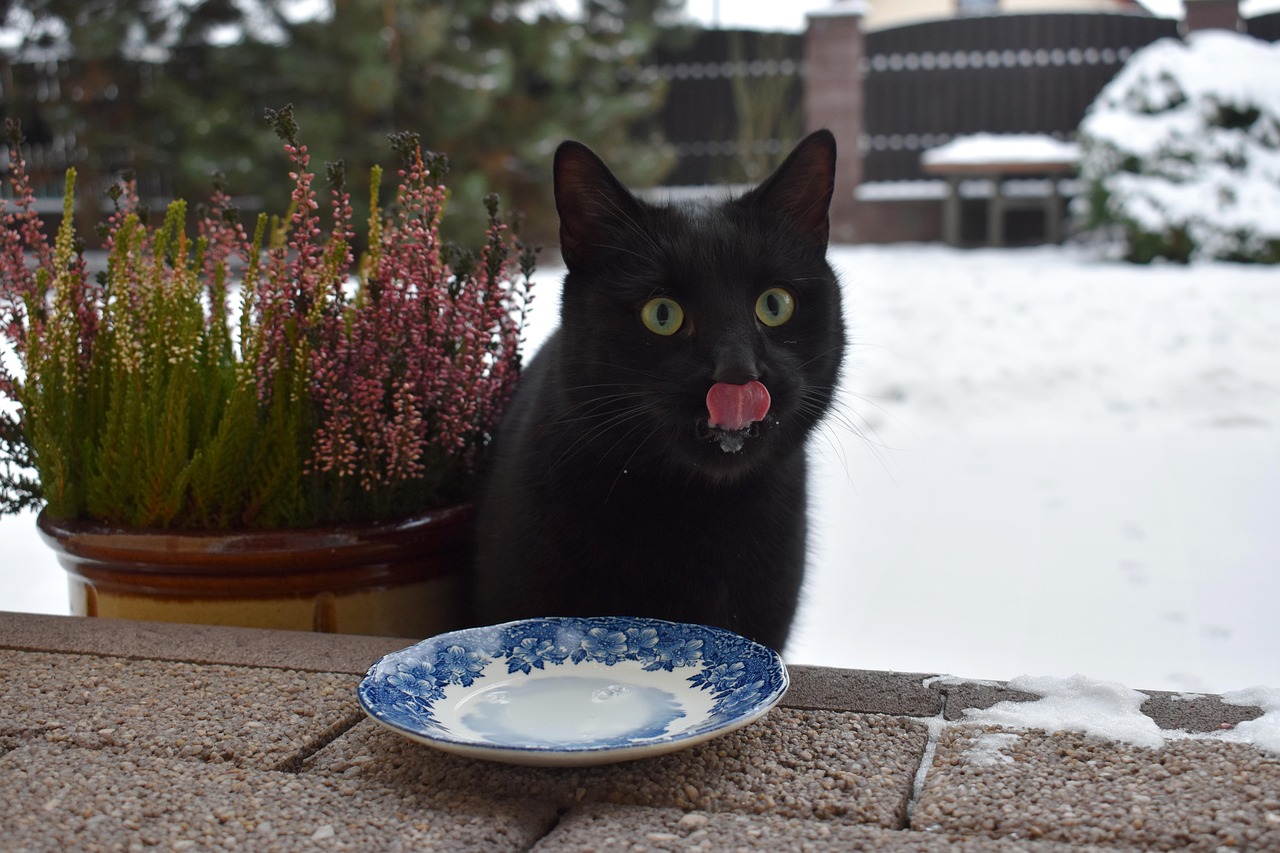
Studies have now proven that cats do eat more in Winter to help regulate their temperature and help with insulation. With extreme weather impacting the metabolism, which also happens in other animals and humans, they may eat more during this time. However, you should consider your cat’s individual circumstances when adjusting their food intake.
The amount of food your cat needs during winter largely depends on their activity level and exposure to cold temperatures. The colder the temperature that your pet is exposed to, the more calories they’ll need. In contrast, a dog living indoors with commodities like central heating won’t need extra food to sustain them through the winter.
If your indoor cat becomes less active during the colder months, you may actually need to reduce their portions to prevent weight gain. Cats are generally less active in winter and sleep more, so usually their calorie needs will be lower. Consult your veterinarian if your cat is gaining weight or if you aren’t sure how much food they should be eating.
Maintaining Proper Hydration
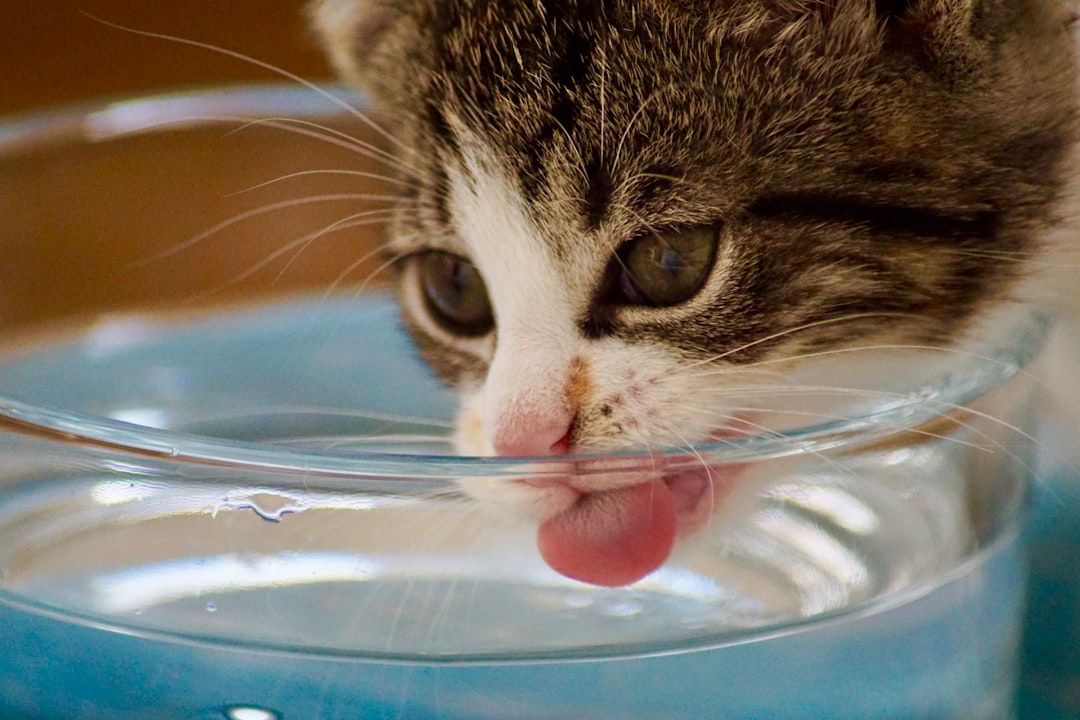
Winter air can be surprisingly dry, and maintaining proper hydration becomes even more crucial for your cat’s health during the colder months. Cold weather also means drier weather, so cats need extra water to stay hydrated. Make sure that your cat has fresh water set out morning and evening so they can drink up.
In winter, pets may not drink as much as they need because they don’t feel as thirsty. Track how much water your pets drink daily. If you notice they’re drinking less, try mixing water into their food or offering small bowls in multiple areas of your home. Water fountains can also encourage more frequent drinking, as cats often prefer moving water sources.
Incorporating wet food into your cat’s winter diet serves a dual purpose. Wet food is a great source of extra hydration and should be incorporated into your cat’s diet. Wet food tends to be lower in calories compared to dry food which also helps to keep them trim. This becomes particularly important when indoor heating systems create dry air that can contribute to dehydration.
Grooming and Skin Care
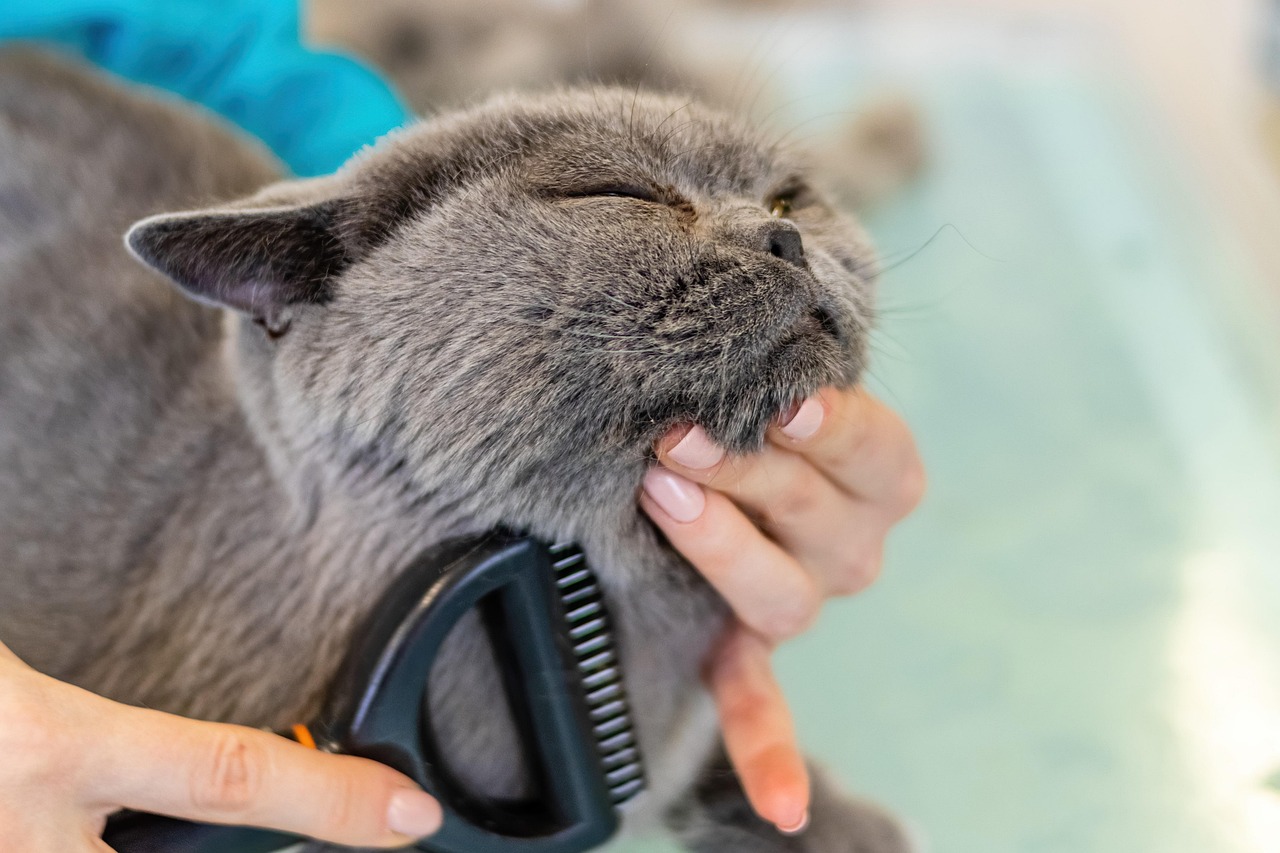
Your cat’s grooming routine requires special attention during winter months as dry air can affect their skin and coat health. The dry air can leave it dehydrated and lacking essential oils, causing flaky, sensitive skin which can be very uncomfortable for them. Brush their fur every day to remove flakes and stimulate the natural oils that keep their skin and coat healthy.
Regular grooming becomes even more important for senior cats who may struggle to maintain their coat due to arthritis or other age-related conditions. Stiff joints or dental issues might mean your older cat is unable to groom themselves as thoroughly as they once did. Similarly, some health conditions common in older cats can result in a dull coat. Taking the time to groom your cat regularly can help to keep their coat and skin in good condition.
During grooming sessions, pay attention to your cat’s overall health and check for any skin issues that might be developing. This regular contact also provides an opportunity to monitor their body condition and ensure they’re maintaining a healthy weight throughout the winter season.
Exercise and Mental Stimulation
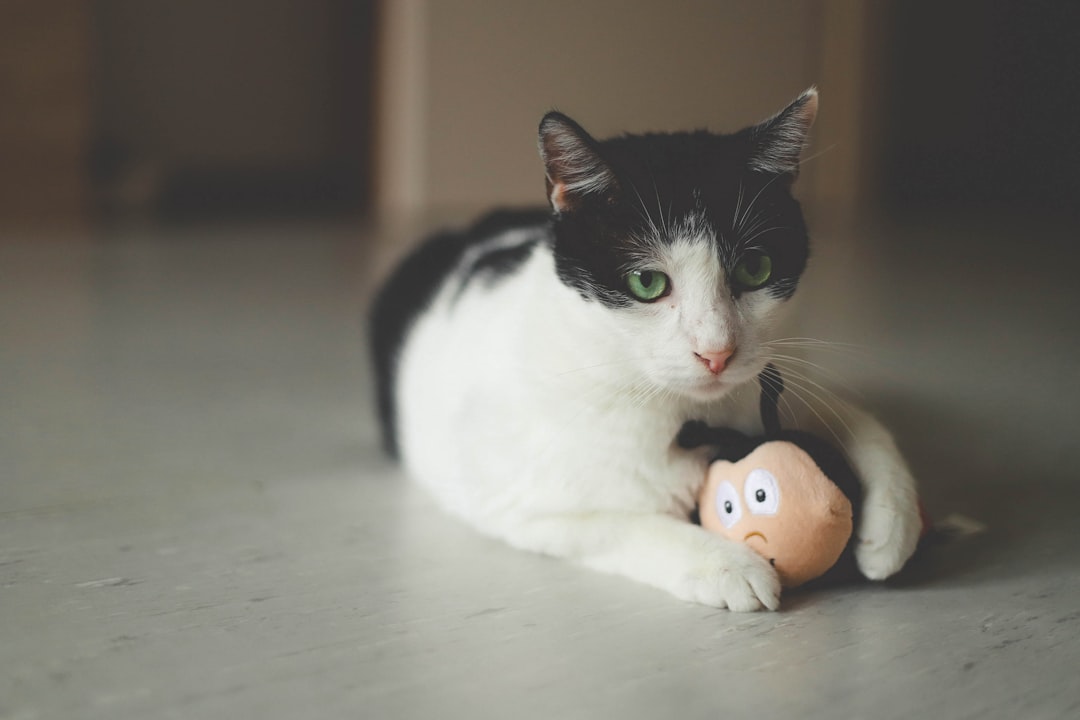
Keeping your cat active during winter can be challenging, especially if they’re accustomed to outdoor adventures. Less exercise can lead to weight gain. Get creative with indoor toys and games to keep your cat active on a regular basis. You may also need to adjust the amount you feed them, as they won’t need as many calories if they’re less active.
In the midst of all this hustle and bustle, remember to take the time to play with your feline, particularly if he’s usually an outdoor cat that you’re keeping inside for the winter. Some people think of cats as aloof and self-sufficient, but they rely on us to provide stimulation and attention. Schedule regular indoor playtime during the winter to maintain their physical and mental well-being.
Interactive toys, puzzle feeders, and climbing structures can help replace the mental stimulation your cat would normally receive from outdoor exploration. Even simple activities like hiding treats around the house or creating obstacle courses with cardboard boxes can provide entertainment and exercise during the long winter months.
Managing Arthritis and Joint Pain
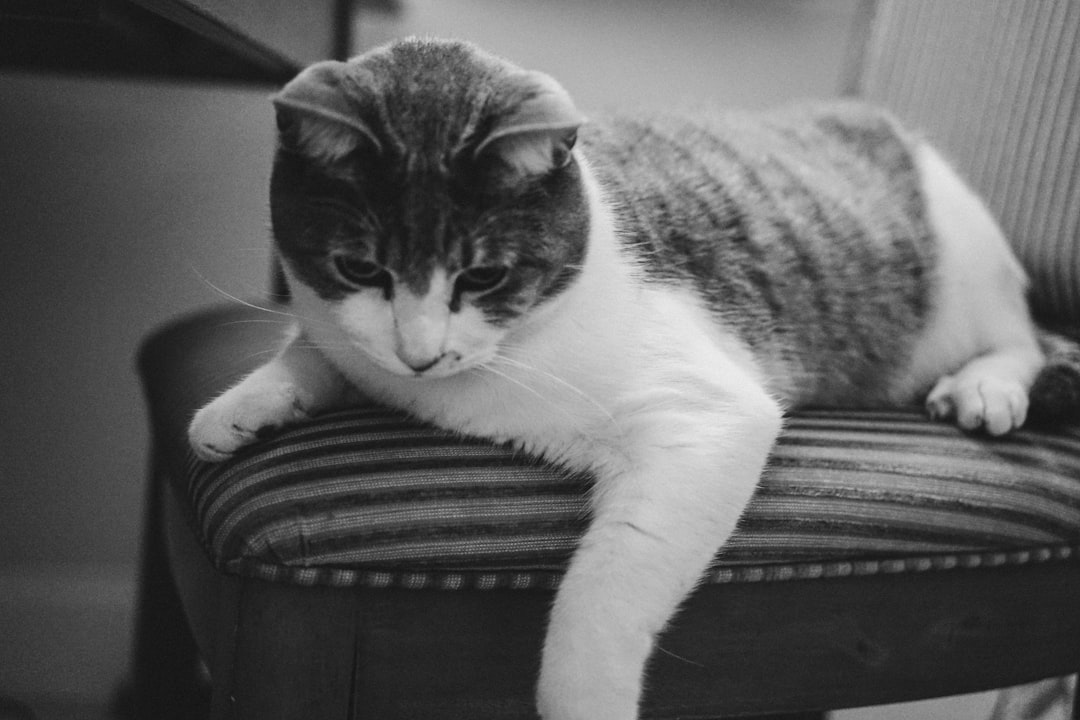
Cold weather can significantly impact cats with arthritis or other joint conditions, making winter care particularly important for senior pets. Arthritis and joint pain worsen in cold weather, so if your cat has the condition, bear in mind that they may be in more discomfort during the winter months. There are ways you can help soothe their pain and stiffness, which usually occurs in older cats in their shoulders, hips, ankles, knees and spine.
Keep them warm with extra blankets around the house and ensure they have a comfortable place to rest that supports their joints. Keep your cat moving with plenty of play time and help them maintain a healthy weight to reduce pressure on their joints. Gentle, low-impact activities are ideal for cats dealing with joint stiffness.
Creating easily accessible warm spots throughout your home can help arthritic cats find comfort when their joints are bothering them. Consider providing ramps or steps to their favorite elevated sleeping areas, and ensure litter boxes are easily accessible without requiring difficult jumps or climbs.
Recognizing Signs of Cold-Related Health Issues
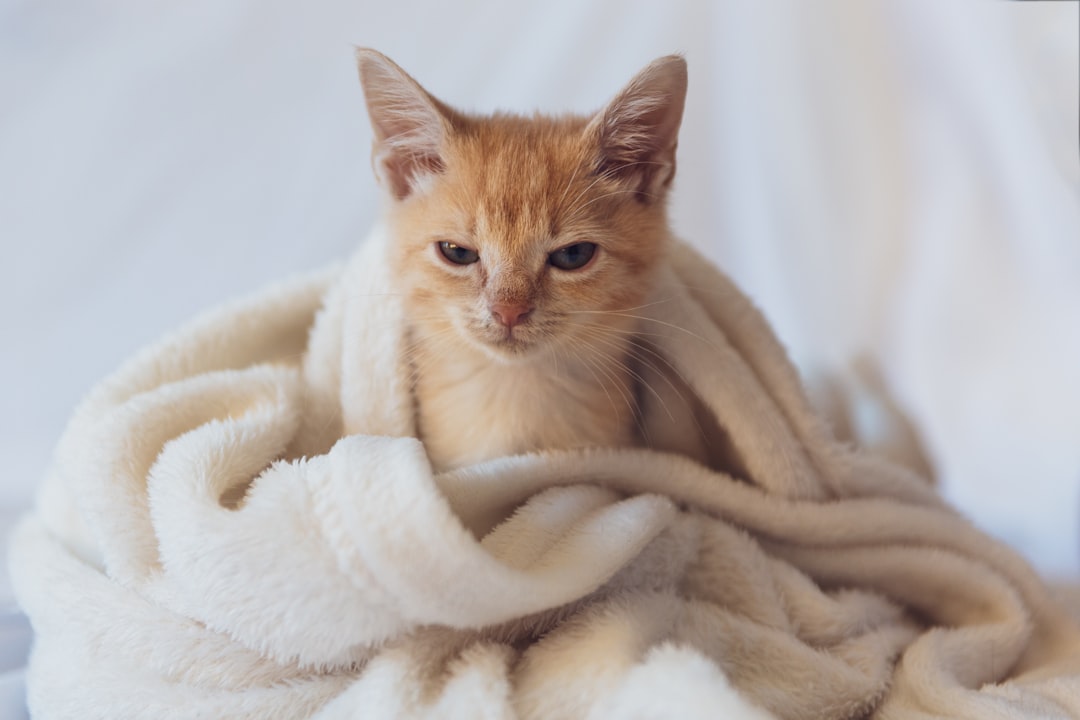
Understanding the warning signs of hypothermia and frostbite can be life-saving for your cat. A common guideline is that 45oF or below is too cold for cats and presents some risk of hypothermia and frostbite. Temperatures below freezing present an even higher risk. Watch for symptoms that indicate your cat may be too cold.
The main signs of hypothermia in cats are lethargy, shivering, cold skin, slow breathing, and loss of consciousness. Cats exhibiting any of these symptoms should be moved to a warm space as soon as possible and evaluated by a veterinarian to make sure they’re okay. Early recognition and intervention are crucial for your cat’s recovery.
Frostbite typically affects your cat’s extremities and can take several days to become fully apparent. Look for changes in color to the ears, nose, paws, and tail, as well as any part of the body that may have come into contact with the ground if they were laying down outdoors. It’s worth noting that symptoms of frostbite may take several days to appear. If you suspect either condition, seek veterinary care immediately rather than attempting home treatment.
Safe Outdoor Access and Shelter
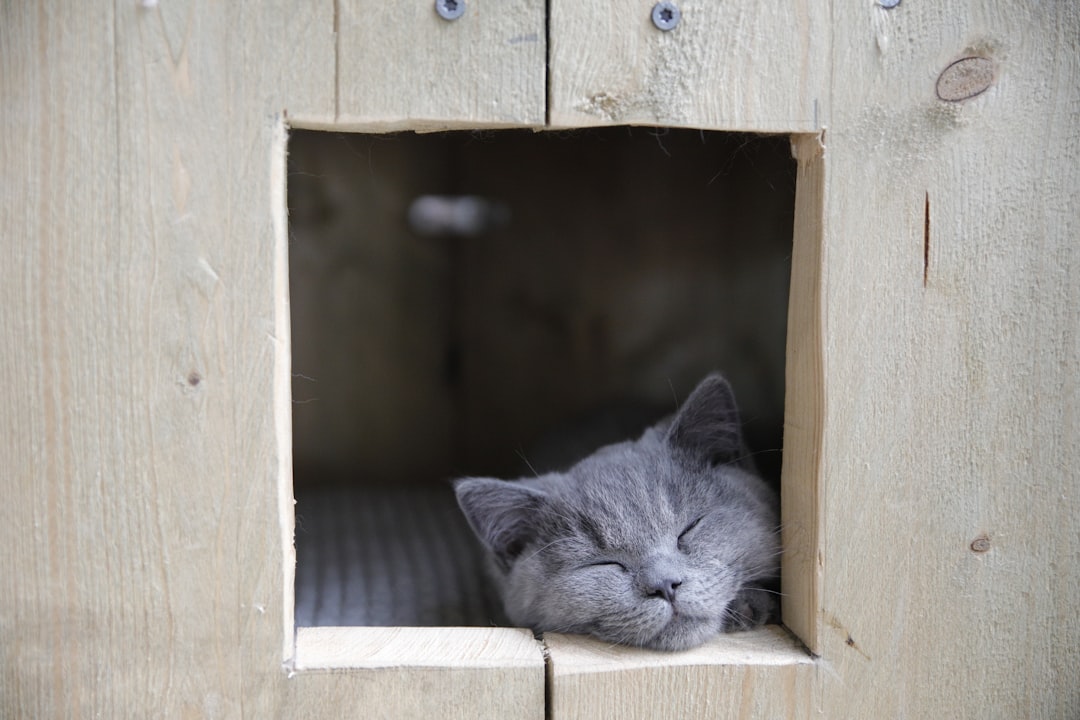
If your cat spends time outdoors, providing adequate shelter becomes critical during winter months. If you have an indoor/outdoor cat, try to bring them indoors at night when temperatures are the coldest. Be sure they have access to a shed, barn, or cat shelter to get out of the weather during the day. If you care for a true outdoor cat or you support stray or feral cats, providing shelter is very important.
When creating outdoor shelters, proper insulation and positioning are essential. Insulate the shelter with straw to repel moisture. Do not use hay, or things like blankets and towels! they soak up moisture like a sponge and make the shelter wet and cold. The shelter should be small enough to retain your cat’s body heat while providing protection from wind and precipitation.
Remember that outdoor cats face additional challenges beyond just staying warm. Many of the creatures that outdoor cats hunt, like mice and small animals, are hunkered down in the winter. So your outdoor cat’s natural food supply is limited in very cold weather. You may need to provide extra food and ensure water sources don’t freeze to support cats that spend time outside.
Winter care for your cat requires attention to multiple aspects of their health and comfort, from maintaining warmth and proper nutrition to recognizing signs of cold-related illness. By taking proactive steps to create a safe, warm environment and monitoring your cat’s needs throughout the season, you can ensure they remain healthy and comfortable during the coldest months of the year. Remember that each cat’s needs may vary based on age, health status, and lifestyle, so don’t hesitate to consult with your veterinarian about the best winter care approach for your specific feline companion.
What changes have you noticed in your cat’s behavior during winter months? Share your experiences to help other cat owners prepare for the season ahead.




